In this article, we discuss the concepts of semantic vs instance segmentation, offering an overview of these techniques in computer vision. Segmentation plays a crucial role in visual understanding, allowing machines to interpret complex visual data. Together, these techniques contribute to the advancement of artificial intelligence. Thus, enabling systems to comprehend and interpret visual information with increasing precision.
What is Segmentation?
Segmentation is a fundamental computer vision task that divides digital images into segments, also known as pixel sets. The aim is to make an image simpler and easier to understand and analyze by changing its representation.
Image segmentation tasks can be carried out according to the characteristics of the whole image or individual pixels. Here are the fundamental areas of segmentation:
- Pixel Similarity: Segmentation relies on partitioning an image based on the similarity of pixels. This could be color, intensity, texture, or other visual aspects.
- Region-Based Segmentation: Involves grouping adjacent pixels that have similar visual characteristics.
- Edge Detection: Identifies boundaries or edges, delineating different features of objects in an image.
Essentially, segmentation serves as the foundation for higher-level processes and decision-making tasks. It forms the basis for sophisticated analysis and interpretation of visual data in various AI-driven applications.
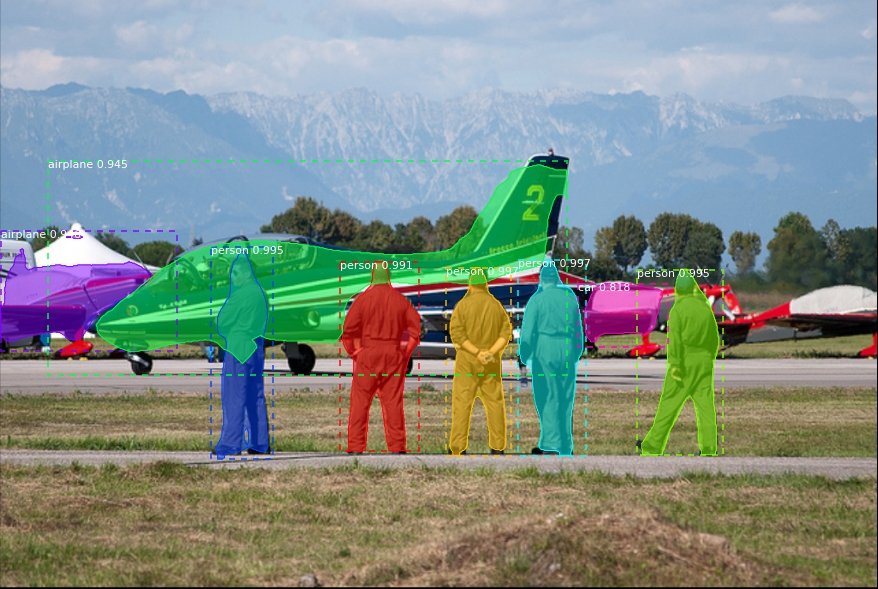
What is Semantic Segmentation?
Semantic segmentation is a specialized form of segmentation and a critical process in any field of computer vision. In simple terms, it involves associating each pixel of an image with a class label, such as a car, tree, building, etc.
Unlike simple segmentation that might just separate foreground from background, semantic segmentation categorizes all pixels in an image into predefined categories.
At its core, Semantic Segmentation is driven by deep learning models, particularly Convolutional Neural Networks (CNNs), acting as an encoder and decoder. These computer vision models, equipped with a pooling layer, are trained on large datasets with pre-labeled images, learning to recognize patterns and features that correspond to various classes. The pooling layer plays a crucial role in down-sampling the spatial dimensions of the input feature map, reducing computational complexity, and aiding in feature extraction.

The process typically involves the following steps:
- Feature Extraction: CNNs analyze the image and extract relevant features.
- Pixel Classification: Each pixel belongs to a category, which it is grouped into based on the extracted features
- Context Integration: The algorithm considers the context and spatial relationships between pixels to ensure consistent labels.
Many different algorithms and techniques exist for semantic segmentation. Some of the most commonly used ones include:
- Fully Convolutional Networks (FCNs): Pioneering in this field, FCNs can process images of any size and use upsampling to produce segmentation maps.
- U-Net: Popular in medical imaging, U-Net architecture has a contracting path to capture context and a symmetric expanding path for precise localization.
- DeepLab: Utilizes Atrous Convolution to effectively enlarge the field of view of filters, improving performance in capturing information.
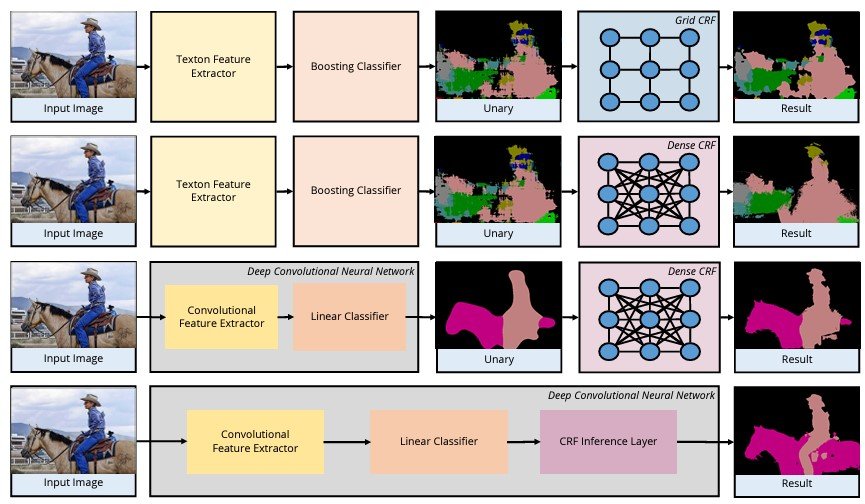
Semantic segmentation’s sophisticated abilities significantly enhance the capabilities of computer vision systems. Thus, enabling more accurate, detailed, and context-aware interpretation of visual data.
What is Instance Segmentation?
As the natural next step, instance segmentation is a more sophisticated and fine-grained process than its counterpart, semantic segmentation. While semantic segmentation places each pixel into a class, instance segmentation not only does this but also distinguishes between different instances of the same class in the image.

This means each object is identified and segmented, even if it belongs to the same category. There are a few different dimensions to this.
For example, let’s say that we are segmenting an image with a basket of various fruits. The semantic segmentation algorithm would distinguish between different types (or “classes”) of fruit. I.e., labeling apples as ‘apple’ and bananas as ‘banana’. The instance segmentation algorithm would go a step further by not only doing this but uniquely identifying each fruit, such as ‘apple 1’, ‘apple 2’, ‘banana 1’, ‘pear 1’, etc.
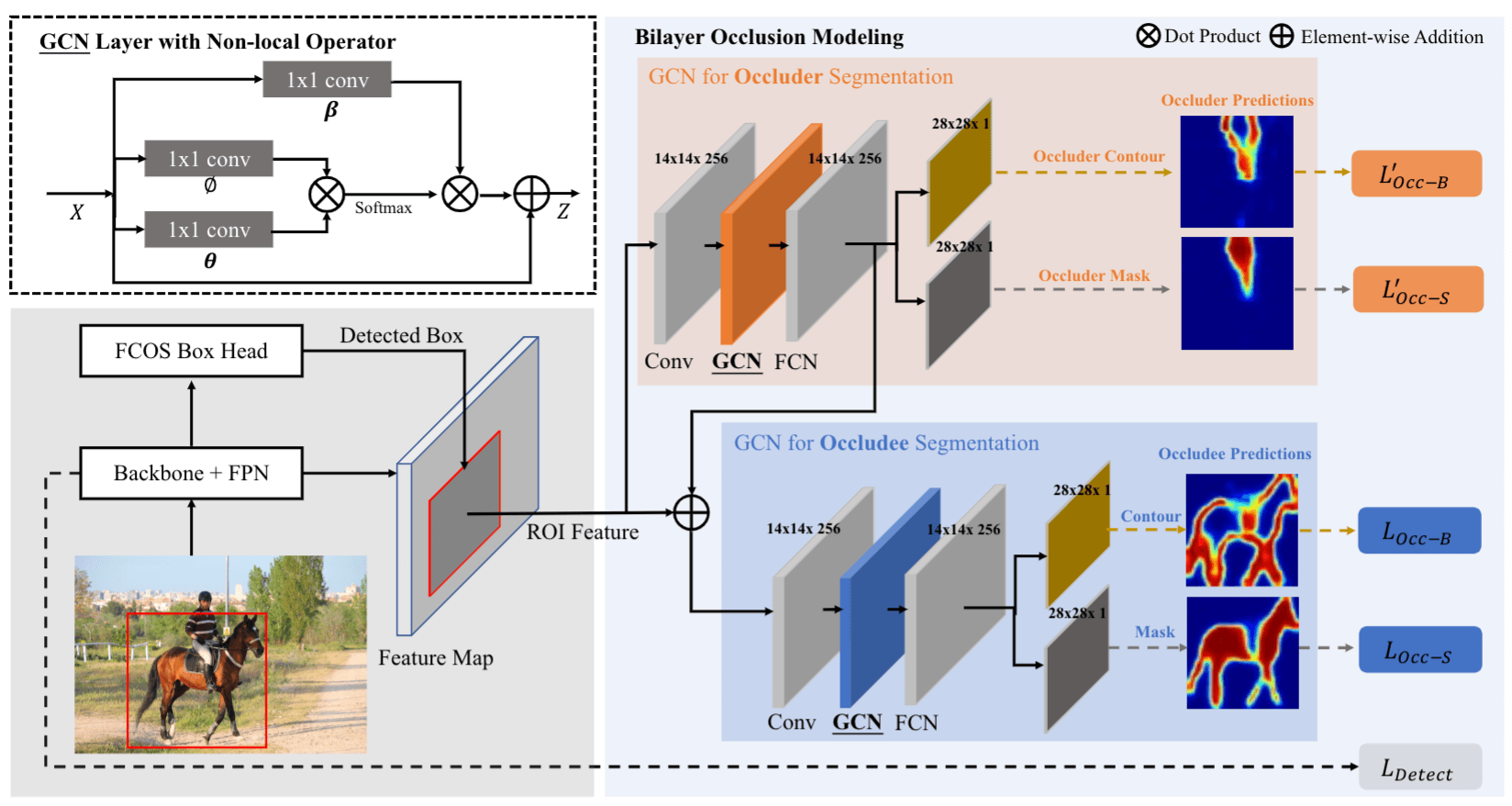
Instance segmentation is more complex because the model identifies each object instance. It combines the tasks of object detection (where objects are located) and semantic segmentation (what the objects are).
Although it can be very different depending on the application, the process generally involves:
- Object Detection: The model identifies bounding boxes around each object instance.
- Pixel Classification: Similar to semantic segmentation, each pixel within the bounding box is categorized.
- Instance Differentiation: The model distinguishes between different instances of the same category within the image.
Similar to semantic segmentation, several models excel at instance segmentation tasks:
- Mask R-CNN: An extension of Faster R-CNN, this model adds a branch for predicting segmentation masks on each Region of Interest (RoI). This effectively combines object detection with pixel-wise segmentation.
- YOLO (You Only Look Once): Known for their speed, some open-sourced YOLO versions adapt to perform instance segmentation by adding segmentation capabilities.
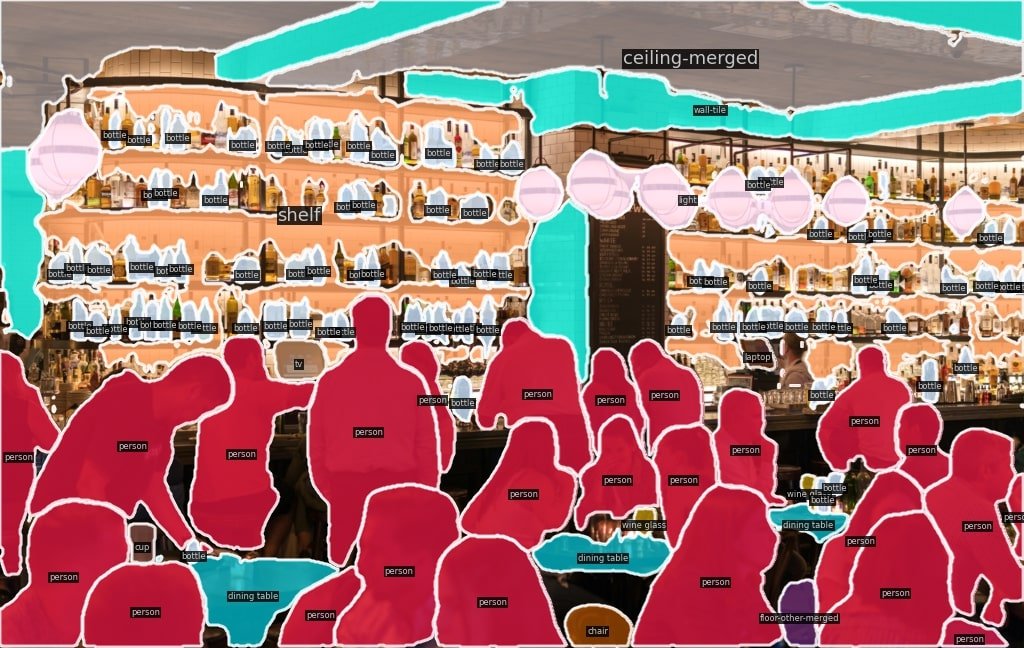
Comparative Analysis: Semantic Segmentation vs Instance Segmentation
Semantic segmentation and instance segmentation are both advanced image analysis techniques in computer vision.
Fundamentally, the difference between the two techniques lies in the depth of their classification and differentiation models as well as their complexity. As such, both have their trade-offs, making them better suited to different use cases.
Next, we’ll explore why one might choose between semantic segmentation vs instance segmentation.
Precision in Object Identification
Semantic segmentation excels in scenarios where the primary goal is to understand the general composition of an image. For instance, in environmental monitoring, semantic segmentation can classify different land cover types (i.e. aquatic, forest, urban) in satellite images.
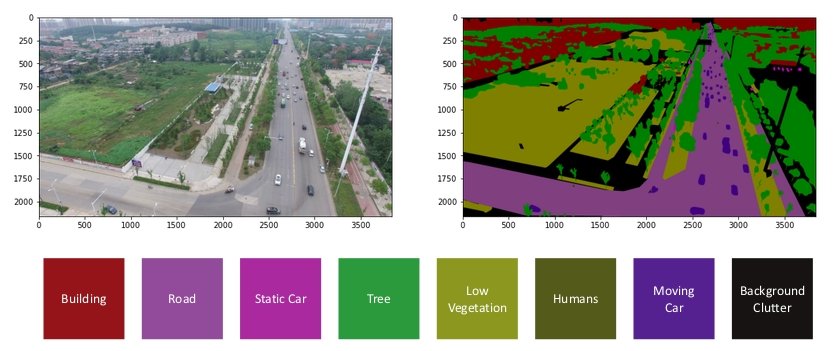
You can see this illustrated in “Deep Learning Semantic Segmentation for Land Use and Land Cover Types Using Landsat 8 Imagery.” Specifically, this paper shows how deep-learning semantic segmentation outperforms pixel-based machine-learning algorithms for land use classification.
Instance segmentation offers superior precision in scenarios requiring individual object identification and counting. In retail, for example, instance segmentation is applied for shelf analysis — identifying and counting specific products, an application where semantic segmentation would fall short.
The paper “Instance-aware Semantic Segmentation via Multi-task Network Cascades” by Jifeng Dai et al. showcases such applications.
Handling Overlapping Objects
Semantic segmentation can struggle with overlapping objects of the same class, as it can’t distinguish between different instances. This limitation is significant in medical imaging when segmenting cells or tissues that overlap.
Instance segmentation excels at handling overlapping objects. In crowd analysis, such as in surveillance or event management, instance segmentation can individually identify and track each person, even in a densely populated frame.
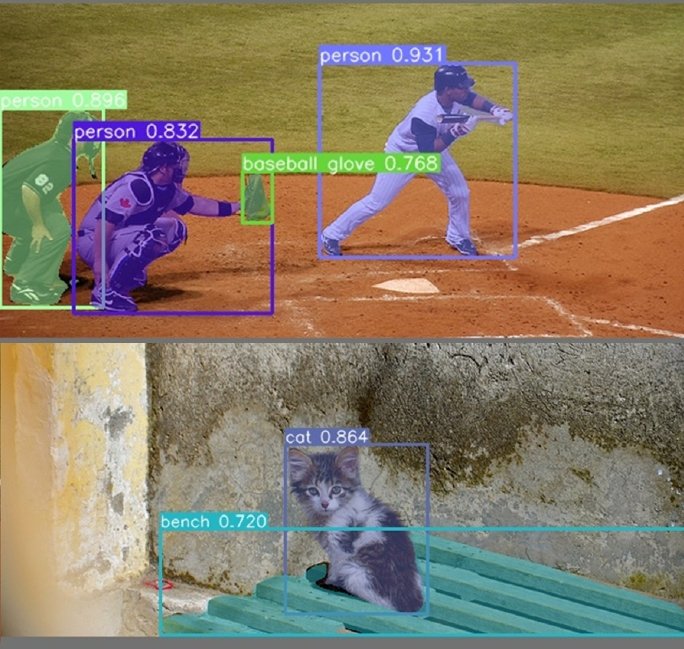
Real-time Processing Capabilities
Semantic segmentation is more suited for real-time applications due to its relatively lower computational requirements. Autonomous driving systems often employ semantic segmentation for real-time road and obstacle detection. In this case, fast detection and classification are far more important than keeping count or distinguishing between different objects of the same type.
Due to its computational intensity, instance segmentation is less frequently used in real-time scenarios. However, it’s indispensable in post-event analysis or situations where high precision and individual object identification are critical, such as in detailed post-accident scene analysis in forensic investigations.
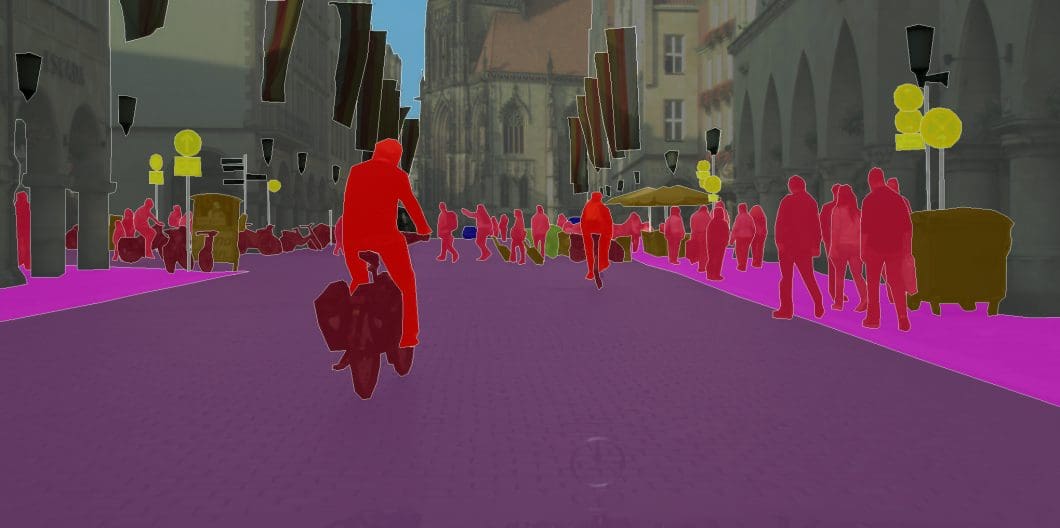
Training Data and Model Complexity
The complexity and data requirements for instance segmentation are notably higher. The paper “Speed/Accuracy Trade-Offs for Modern Convolutional Object Detectors” by Huang et al. discusses model design. As expected, the data shows how increased accuracy (as needed in instance segmentation) often comes at the cost of speed and simplicity.
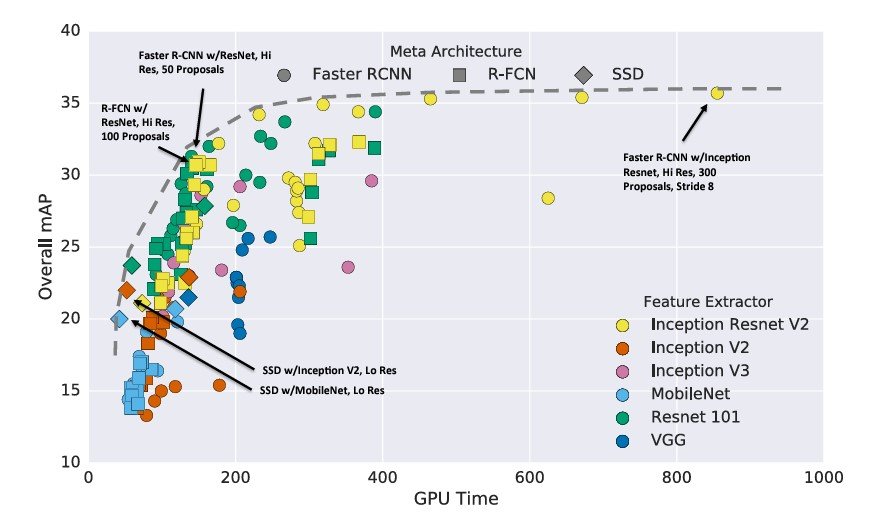
In short, semantic segmentation is ideal for understanding the overall structure of a scene. Instance segmentation, however, is necessary when you also need to discern between different objects of the same type with a high degree of accuracy.
However, you pay for the more sophisticated capabilities of instance segmentation. This is seen with a higher overhead in terms of training data quality (and quantity), an increased complexity of implementation, and additional computational cost.
Real-World Applications of Semantic vs Instance Segmentation
The integration of semantic and instance segmentation in AI solutions opens avenues for more robust and nuanced image analysis.
Ongoing research is exploring the development of models that can seamlessly switch between these techniques based on the task’s demand. Such advancements promise to transform fields like automated surveillance, where real-time broad analysis (semantic) and detailed object tracking (instance) are crucial.
Urban Planning and Smart City Management
Semantic segmentation can differ between various land uses, distinguishing residential areas from commercial zones or identifying green spaces in the input image. In the context of transportation planning, semantic segmentation can classify road features, sidewalks, and traffic signs, aiding in the optimization of traffic flow and pedestrian safety. Additionally, it plays a pivotal role in the analysis of satellite and aerial imagery, providing insights into land use patterns, infrastructure distribution, and overall urban dynamics.
Instance segmentation can delineate specific buildings, street furniture, or even vehicles, offering a nuanced understanding of the cityscape. In transportation management, instance segmentation can aid in tracking individual vehicles or pedestrians, contributing to traffic monitoring and public safety. Moreover, it supports the implementation of smart infrastructure by precisely identifying and analyzing elements like lamp posts, waste bins, and public amenities.
A notable project is the European Union’s Smart City initiative, where such integrated techniques aid in traffic management, urban development, and environmental monitoring.
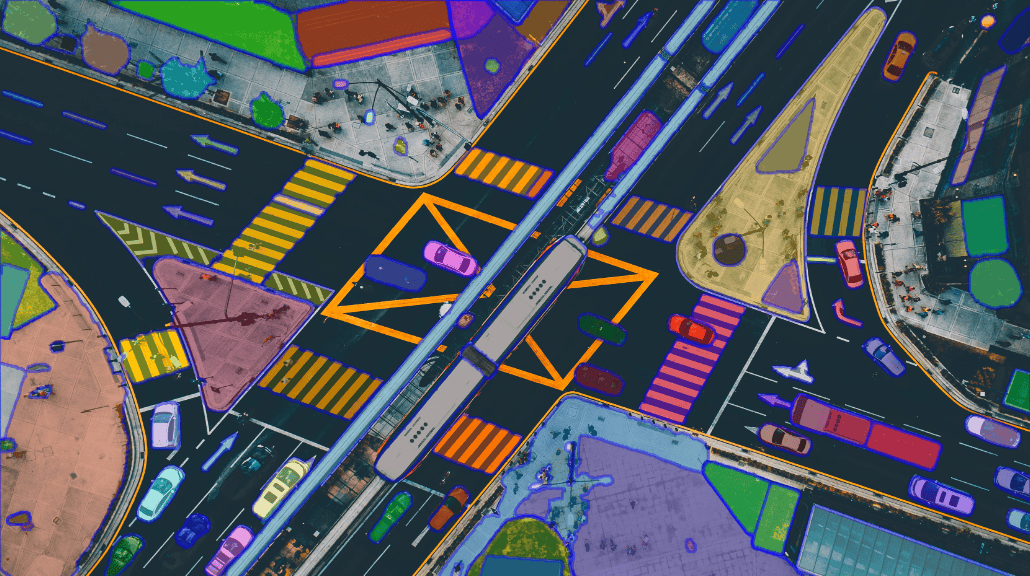
Medical Diagnostics and Research
In radiology, semantic segmentation allows for the precise delineation and classification of organs, tissues, and abnormalities. This includes identifying and segmenting tumors, allowing for accurate diagnoses and treatment planning. In the context of brain imaging, semantic segmentation can distinguish between different regions, such as white matter, gray matter, and various structures, providing valuable insights for neurosurgeons and neurologists.
On the other hand, instance segmentation is particularly valuable in scenarios where a detailed understanding of specific entities is essential. In pathology, instance segmentation aids in the precise detection and delineation of individual cells, facilitating the detailed analysis of tissue samples. Moreover, in surgical planning, instance segmentation can distinguish between distinct organs and structures, guiding surgeons with a more comprehensive view of the patient’s anatomy.
Segmentation has been vital in cancer research and diagnostics with AI, as detailed in studies like “Deep learning-based histopathologic assessment of kidney tissue,” published in the Journal of the American Society of Nephrology.
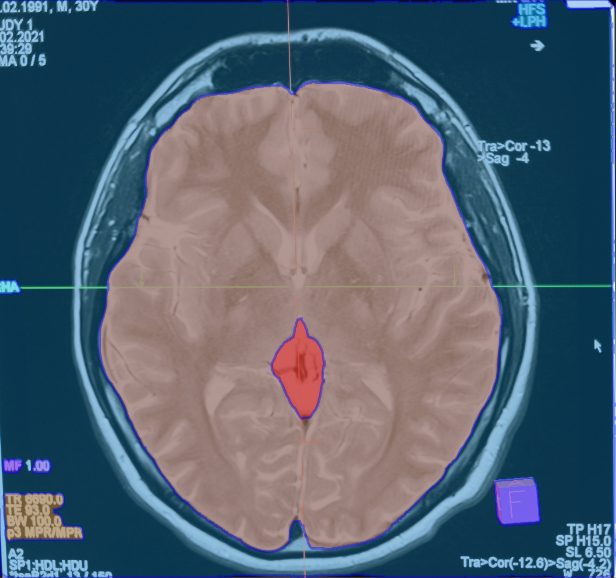
Agricultural Automation and Monitoring
Semantic segmentation classifies different land areas (crops, soil, water bodies), providing a detailed understanding of the spatial distribution of crops. Thus, allowing for targeted interventions. Moreover, it assesses the health and growth patterns of crops. Thus, distinguishing between healthy vegetation and areas affected by diseases or stress.
Instance segmentation brings precision to a field-level analysis by identifying and delineating individual objects. This enables a more detailed understanding of specific crops, plants, or objects present in a scene. For example, instance segmentation can distinguish between different crop types, assess the health of individual plants, and identify specific areas affected by diseases or stress.
Farmers gain a granular view of their fields with instance segmentation, facilitating targeted interventions. This could involve precisely applying fertilizers or pesticides only where needed, optimizing resource usage, and minimizing environmental impact. Additionally, instance segmentation aids in automating tasks such as selective harvesting. This involves the identification and harvesting of specific crops based on their characteristics.
However, combining both semantic and instance segmentation methods enhances precision farming techniques. The success of this integrated approach can be seen in projects like the European Union’s Copernicus program. This program utilizes satellite imagery for agricultural land monitoring.
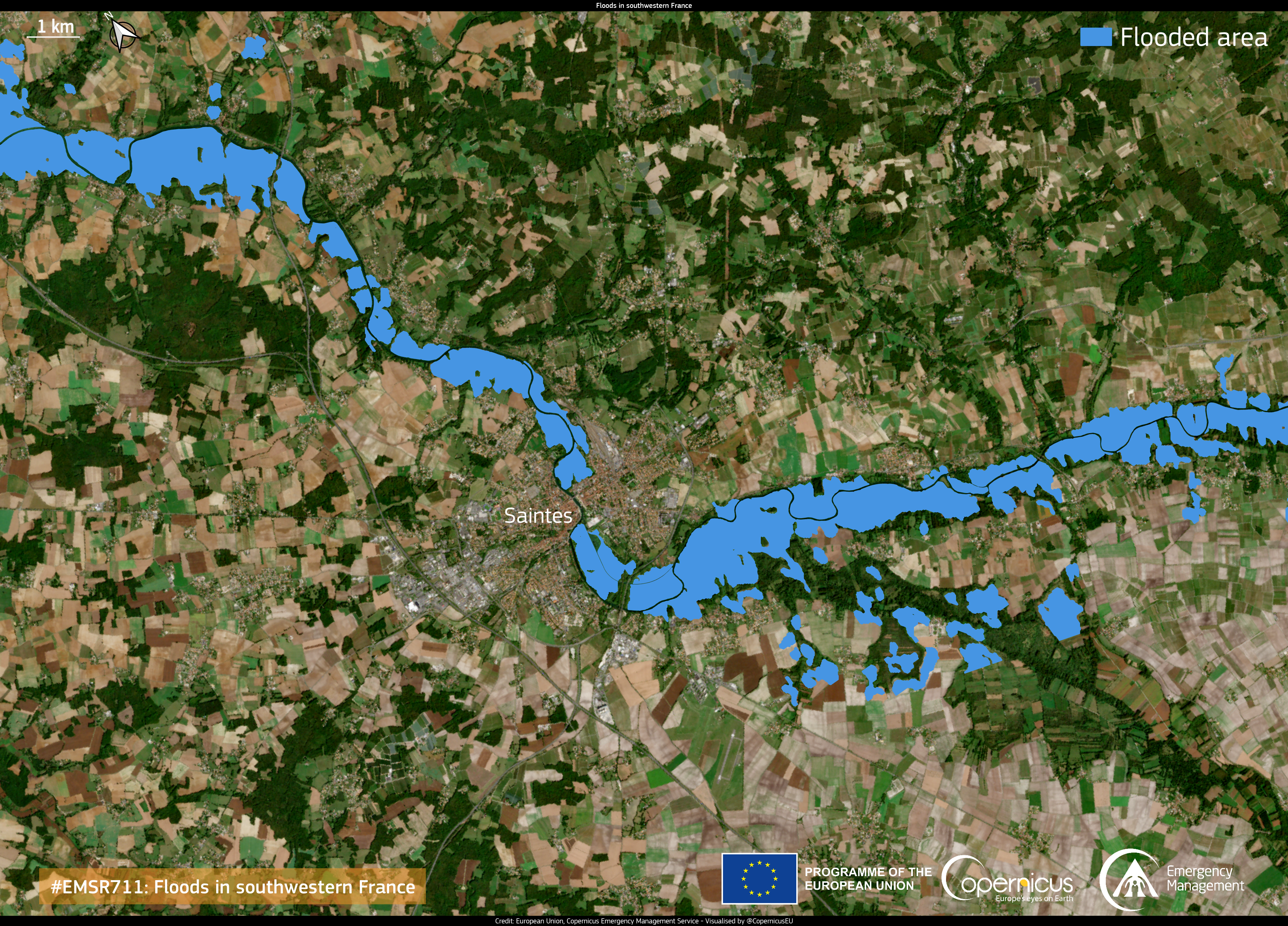
Autonomous Vehicles and Advanced Driver-Assistance Systems (ADAS)
In the automotive sector, particularly in the development of autonomous vehicles and Advanced Driver Assistance Systems (ADAS), segmentation techniques are combined to better navigate intricate road scenes. This approach is necessary for road safety by identifying pedestrians, vehicles, and road signs.
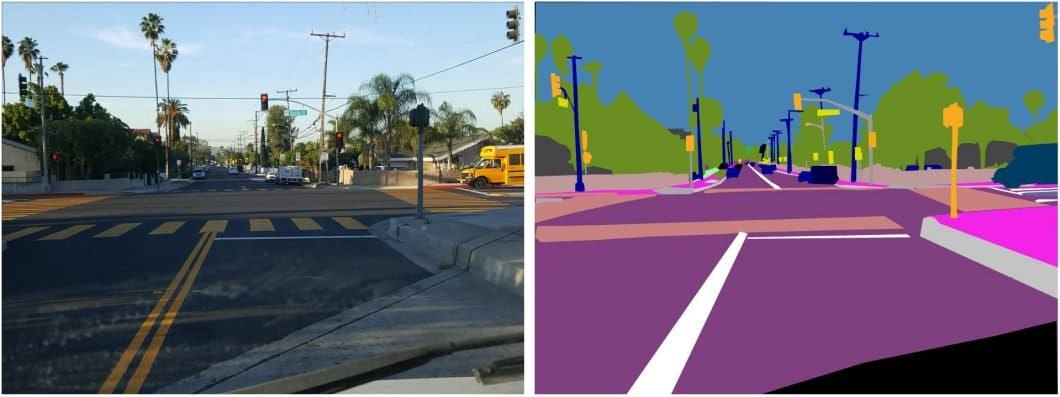
Semantic segmentation can classify road features such as pedestrian crossings and traffic signs. Simultaneously, instance segmentation can discern between individual pedestrians, vehicles, and obstacles, providing a granular analysis. The necessity of the dual methodology is seen in the research and development of self-driving cars like Tesla and Waymo.
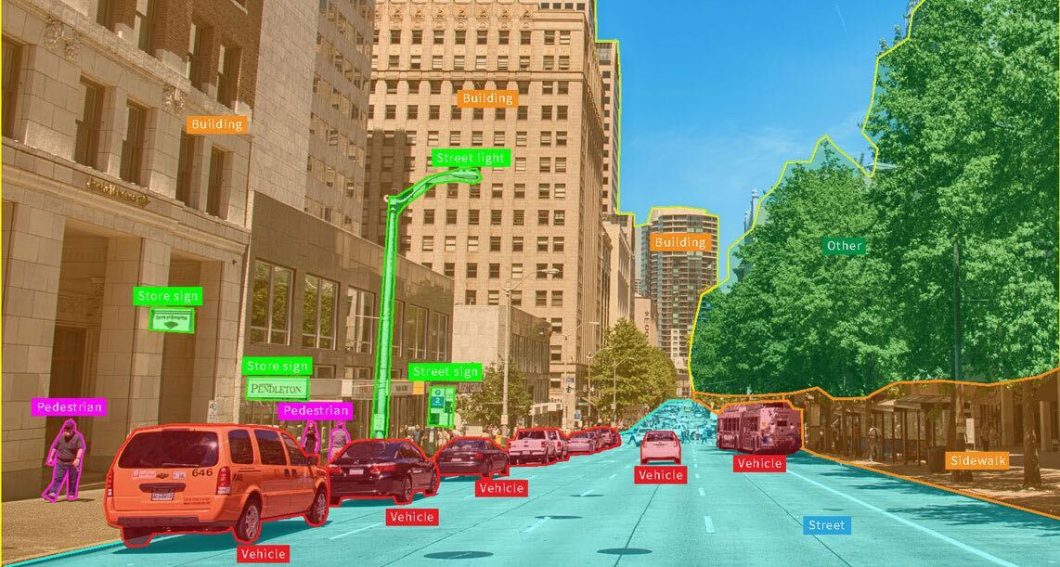
Start With Semantic and Instance Segmentation
To conclude, the interplay between instance segmentation and semantic segmentation emphasizes their complementary roles across domains. While semantic segmentation provides a holistic understanding by classifying and labeling regions within an image, instance segmentation elevates the analysis by delineating individual objects.
The synergy between these segmentation methods helps evolve fields like autonomous driving, manufacturing and industry 4.0, agriculture, and smart city management. As AI and computer vision continue to evolve, the integration of instance and semantic segmentation remains a key strategy for gaining deeper insights and refining solutions across diverse industries.
To learn more about segmentation and other computer vision tasks, check out the following articles:
- Segment Anything Model (SAM): Meta’s state-of-the-art, promptable segmentation model
- Grounded-SAM for prompt-based segmentation
- Object detection, image classification, and more: A high-level understanding of computer vision tasks
- Image Segmentation With Deep Learning
- The Ultimate Guide to Convolutional Neural Networks (CNNs)
- Human Pose Estimation: An Overview
